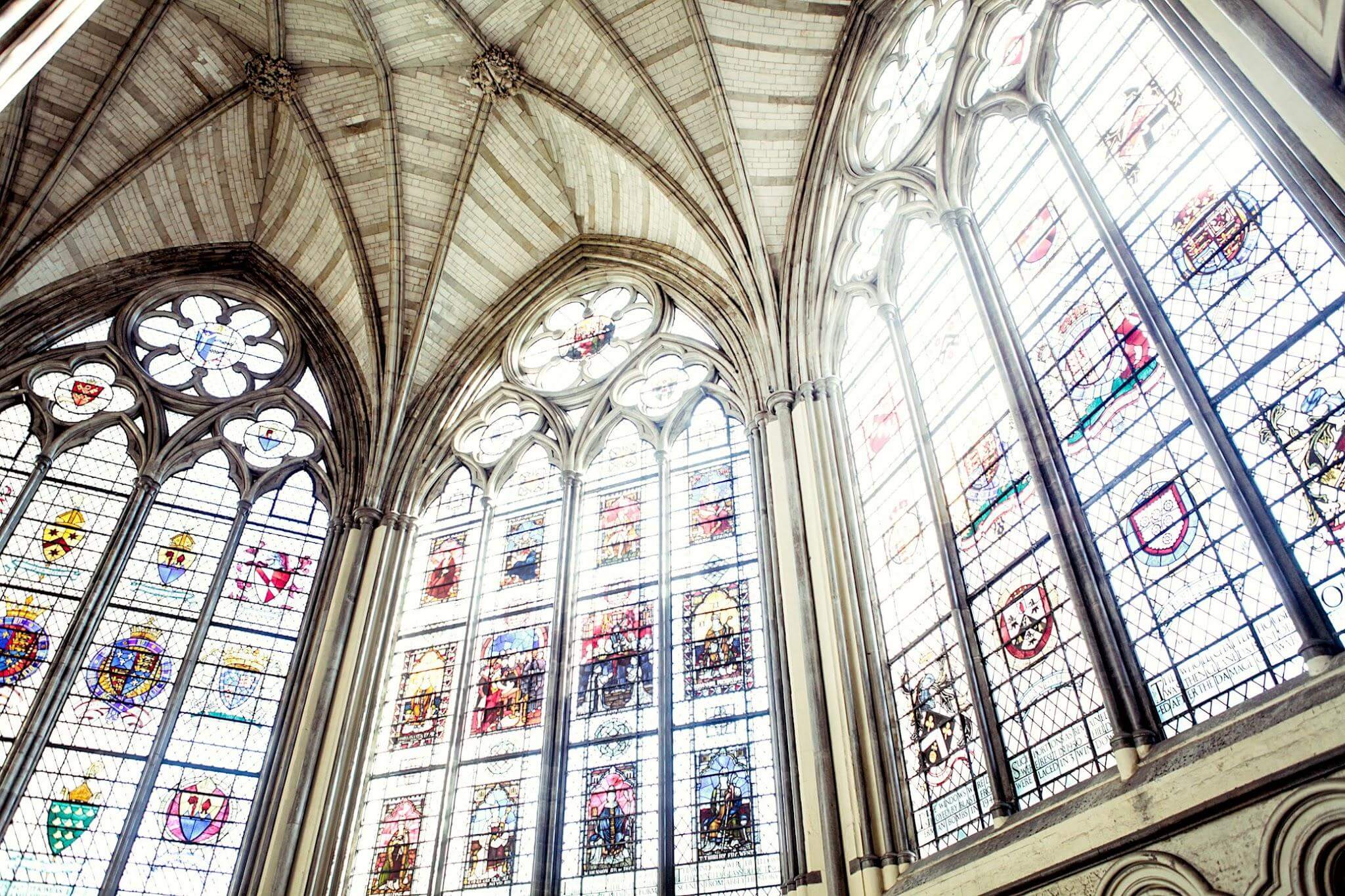Caring for a church’s building and grounds is an essential responsibility that goes beyond maintaining appearances. A well-maintained church is a place where congregants feel welcomed, and it reflects the respect and care for the sacred space it represents. From regular cleaning and structural maintenance to landscaping and preservation of historical elements, a comprehensive approach ensures the longevity and beauty of the property. Here’s a detailed guide on how to care for your church’s building and grounds.

Maintaining Cleanliness Inside the Church
Regular cleaning is the foundation of caring for any building, and a church is no exception. Keeping the sanctuary, fellowship hall, classrooms, and restrooms clean not only enhances the aesthetic appeal but also ensures the health and safety of visitors.
While day-to-day cleaning tasks can often be managed by volunteers or staff, deep cleaning requires specialized attention. For instance, professional church cleaning services can provide thorough cleaning of carpets, pews, stained glass, and hard-to-reach areas, ensuring that every corner of the church is spotless. Such services are particularly valuable after large events or seasonal celebrations, where the volume of foot traffic may leave the building in need of extra care.
By investing in professional cleaning periodically, you can maintain a welcoming and sanitary environment while reducing wear and tear on the building’s interior features.
Inspecting and Maintaining the Roof
The roof is one of the most critical components of any building, and churches are no exception. Regular inspections are essential to identify and address potential issues, such as missing shingles, leaks, or structural weaknesses.
Church roofs are often more complex than residential roofs due to steeples, towers, or intricate designs. Ensuring these elements are well-maintained protects against water damage, mold, and other costly problems.
Schedule biannual inspections, ideally in spring and fall, and after major storms. Promptly address any identified issues to prevent further damage. For long-term durability, consider upgrading to materials that offer better resistance to weather conditions, such as metal or composite roofing.
Caring for Stained Glass Windows
Stained glass windows are a defining feature of many churches, adding beauty and spiritual significance to the space. However, these delicate features require regular care to maintain their brilliance and structural integrity.
Clean the windows with gentle, non-abrasive solutions and avoid harsh chemicals that could damage the glass or lead to discoloration. Inspect the lead framing for signs of wear, as loose or broken frames can compromise the stability of the glass.
If you notice cracks or other damage, consult a professional stained glass restoration expert. Proper care ensures that these historical and artistic features continue to inspire congregants for generations to come.
Landscaping and Grounds Maintenance
The exterior of a church is just as important as the interior when it comes to creating a welcoming environment. Proper landscaping and grounds maintenance enhance curb appeal and make a positive first impression on visitors.
Regularly mow lawns, trim shrubs, and remove debris from pathways to keep the grounds tidy. Seasonal plantings, such as flowers or decorative greenery, can add vibrancy and reflect the spirit of the church community.
Consider installing outdoor lighting to improve safety and visibility during evening services or events. Maintain parking lots and walkways by filling cracks, repainting lines, and ensuring they are free from hazards. These efforts not only beautify the church grounds but also promote accessibility and safety for all visitors. For a landscape design that truly enhances your church’s presence and hospitality, consider working with Michaelangelo’s—trusted experts in creating inviting, well-maintained outdoor environments in East Cobb.
Preserving Historical Elements
Many churches are historical landmarks, rich with architectural and cultural significance. Preserving these elements requires careful attention to detail and expertise. Start by identifying key historical features, such as wooden pews, altars, murals, or unique architectural designs. Regularly inspect these elements for signs of wear, such as cracks, fading, or warping, and address issues promptly.
Engage with preservation specialists who understand the intricacies of restoring and maintaining historical features. Whether it’s refinishing woodwork, repairing plaster, or conserving artwork, professional assistance ensures that these elements are treated with the care they deserve.
Maintaining a balance between preserving tradition and meeting modern needs is critical to ensuring that the church remains both functional and historically significant.
Ensuring Proper HVAC Maintenance
Maintaining a comfortable indoor environment is essential for worship services, events, and daily operations. Heating, ventilation, and air conditioning (HVAC) systems play a crucial role in regulating the temperature and air quality inside the church.
Schedule regular HVAC inspections to ensure that the system operates efficiently. Replace air filters, clean ducts, and address any mechanical issues to prevent breakdowns during peak usage times.
If your church relies on older HVAC systems, consider upgrading to energy-efficient models. These systems not only provide better performance but also reduce energy costs and environmental impact. Proper HVAC maintenance also helps protect the building’s interior features from excessive humidity or temperature fluctuations, which can cause damage over time.
Establishing a Maintenance Schedule
A comprehensive maintenance schedule is essential for ensuring the long-term care of your church’s building and grounds. Regular tasks, such as cleaning, inspections, and repairs, should be organized into a structured plan to ensure that nothing is overlooked.
Assign responsibilities to staff, volunteers, or professional service providers and keep detailed records of completed tasks. These records provide valuable insights into the building’s history and help identify recurring issues that may require additional attention.
Seasonal maintenance checklists can be particularly helpful in addressing the unique challenges posed by changing weather conditions. Preparing for winter may involve insulating pipes, clearing gutters, and addressing snow removal plans, while spring maintenance focuses on landscaping and addressing storm damage.
Fostering Community Involvement
Caring for your church’s building and grounds is not just the responsibility of staff or contractors—it’s an opportunity to involve the congregation in preserving a space that holds meaning for the entire community.
Organize volunteer days where members can participate in tasks such as gardening, cleaning, or minor repairs. These events foster a sense of ownership and pride while reducing the overall cost of maintenance.
Educate the congregation on the importance of preserving the church and encourage them to report issues or offer suggestions for improvements. A united effort ensures that the church remains a cherished space for worship and fellowship.

Proper care of your church’s building and grounds is a vital responsibility that ensures the safety, functionality, and beauty of this sacred space. From regular cleaning and inspections to preserving historical features and maintaining the grounds, a proactive approach helps prevent damage and extends the life of the property.
By investing in professional services, establishing a maintenance schedule, and fostering community involvement, you can create a welcoming and inspiring environment for worship and other activities. With thoughtful planning and attention to detail, your church will continue to serve as a beacon of faith and unity for generations to come.
